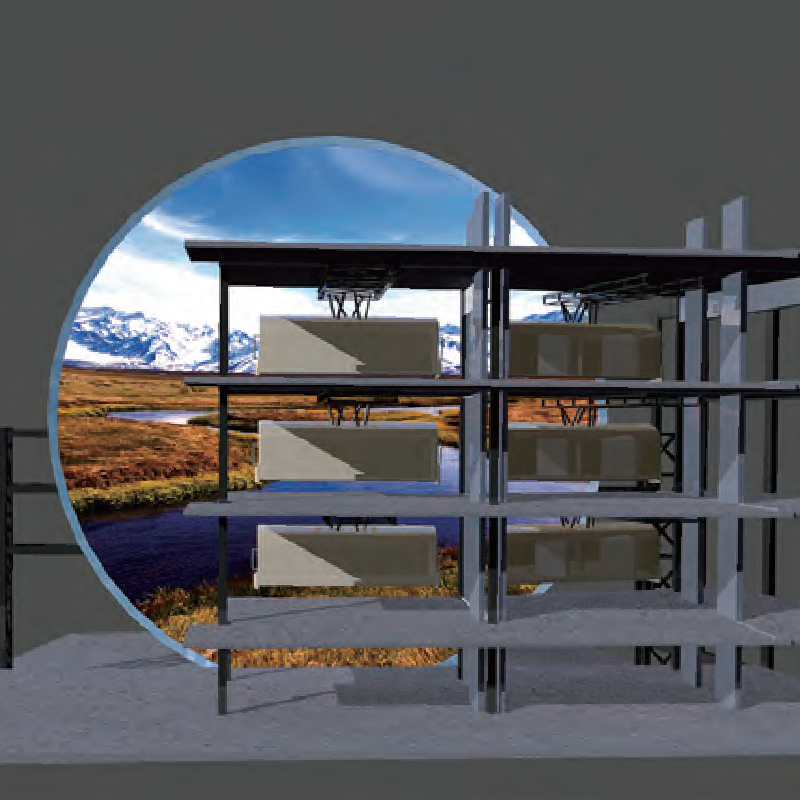- Albanian
- Arabic
- Belarusian
- Bengali
- Czech
- English
- French
- German
- Hebrew
- Hungarian
- Indonesian
- irish
- Italian
- Japanese
- kazakh
- Persian
- Russian
- Thai
- Uzbek
- Vietnamese
Exploring the Various Categories of Roller Coasters and Their Unique Features
Different Types of Roller Coasters
Roller coasters have been thrilling riders since their inception in the early 17th century. Over the years, these adrenaline-inducing rides have evolved dramatically, giving rise to an array of designs and experiences that cater to various types of thrill-seekers. From high-speed steel coasters to winding wooden tracks, each type of roller coaster offers a unique experience through innovative engineering and design. In this article, we will explore the primary types of roller coasters and what makes each one distinct.
1. Wooden Roller Coasters
Wooden roller coasters are the classic rides that most of us associate with amusement parks. Made primarily of wooden planks and beams, these coasters provide a traditional, nostalgic experience characterized by their rougher ride and lower speed compared to modern counterparts. The structural design allows for a lot of curves and drops, creating dynamic weight shifts that can be exhilarating for riders. Famous examples include the Coney Island Cyclone and the Thunderbolt at Six Flags, which highlight the charm and excitement of wooden coasters.
2. Steel Roller Coasters
Steel roller coasters have revolutionized the amusement park landscape since their introduction in the 1950s. These coasters, made of steel tracks and supports, offer smoother rides and can achieve greater heights and speeds than wooden coasters. The flexibility of steel allows for intricate designs, including looping tracks and corkscrews. Coasters like Millennium Force at Cedar Point and Steel Vengeance exemplify the thrills associated with modern steel roller coasters, often leading to record-breaking heights and speeds.
Inverted roller coasters take the riding experience to another level by suspending riders beneath the track, giving a feeling of weightlessness and the thrill of flying. These coasters typically feature loops, corkscrews, and dives that leave riders with an exhilarating rush. The Banshee at Kings Island and Batman The Ride at Six Flags parks are exemplary models of inverted coasters, allowing for unique perspectives and interactions with the environment.
different types of roller coasters

4. Launch Coasters
Launch coasters provide a different kind of thrill by propelling riders to high speeds without the use of a traditional lift hill. Employing magnetic launch systems or hydraulic lifts, these coasters shoot riders forward in a burst of speed, creating an electrifying experience right from the start. Notable examples include the Accelerator at Knott's Berry Farm and Top Thrill Dragster at Cedar Point, which launch riders from 0 to 120 mph in just a few seconds, making them some of the fastest coasters in the world.
5. Floorless Roller Coasters
As the name suggests, floorless roller coasters feature seating that lacks a floor beneath the riders, enhancing the sensation of freedom and thrill. These coasters often include loops and drops without the support of a floor, making the experience even more thrilling. The Kraken at SeaWorld Orlando and Mantis at Cedar Point are notable examples. Riders are left dangling through the elements, and the feeling of exposure adds an extra layer of excitement.
6. Spinner Coasters
Spinner coasters introduce a dynamic spin to the traditional roller coaster experience. As the train glides along the track, individual cars are free to rotate, resulting in a unique experience for each rider. The Rugrats Reptarmobile at Nickelodeon Universe and Twirl ’n’ Hurl at various amusement parks exemplify this fun twist. The unpredictable movements create varied experiences for riders, allowing for excitement and laughter throughout the ride.
Conclusion
In conclusion, roller coasters come in various forms, each offering distinct experiences and thrills that appeal to different tastes. From the nostalgic charm of wooden coasters to the heart-pounding speed of launch coasters, the diversity in design and engineering captivates riders of all ages. Ultimately, whether you’re a seasoned thrill-seeker or a first-time rider, there’s a roller coaster out there that promises an unforgettable experience filled with fun and excitement. As amusement parks continue to innovate and push the boundaries of roller coaster design, the future holds even more thrilling possibilities for enthusiasts around the world.
-
Flume Ride-Hebei Zhipao Amusement Equipment Manufacturing Co., Ltd.|Thrilling Water Attraction&Customizable DesignJul.30,2025
-
Flume Ride - Hebei Zhipao Amusement Equipment | Water Coaster, Thrilling DescentJul.30,2025
-
Flume Ride - Hebei Zhipao | Thrilling Water AttractionJul.30,2025
-
Flume Ride: Thrilling Water Attraction by Hebei Zhipao|Log Flume Manufacturers&Flume Ride DesignJul.30,2025
-
Flume Ride-Hebei Zhipao Amusement Equipment Manufacturing Co., Ltd.|Thrilling Water Coaster, Safe DesignJul.30,2025
-
Flume Ride-Hebei Zhipao Amusement Equipment Manufacturing Co., Ltd.|Thrilling Water Attraction, Safe DesignJul.30,2025
